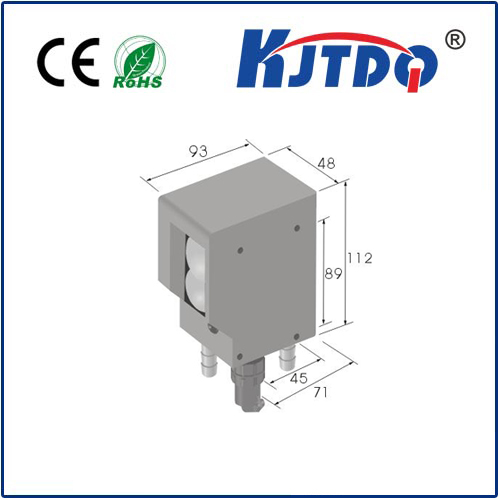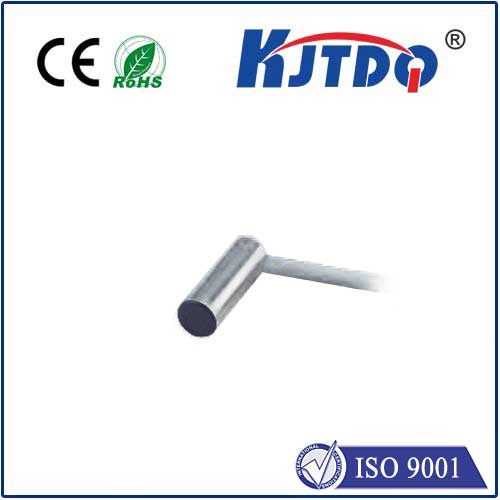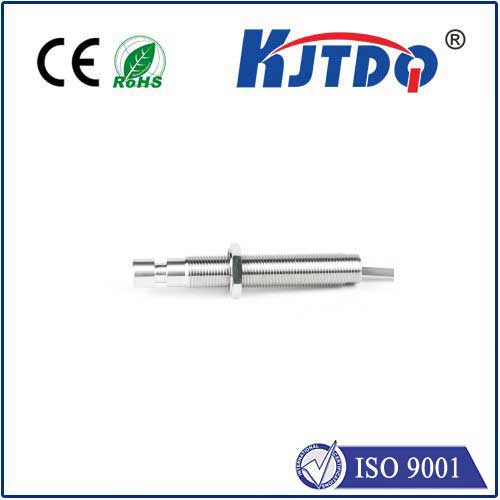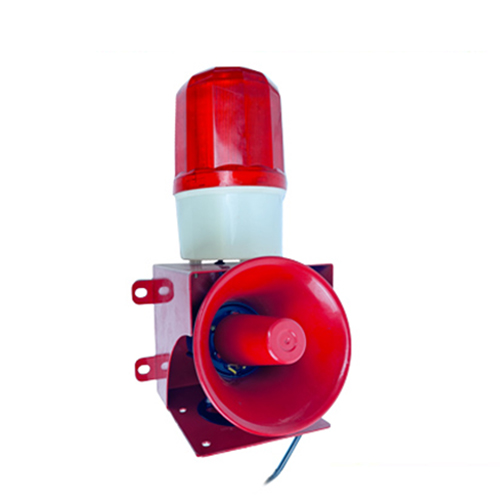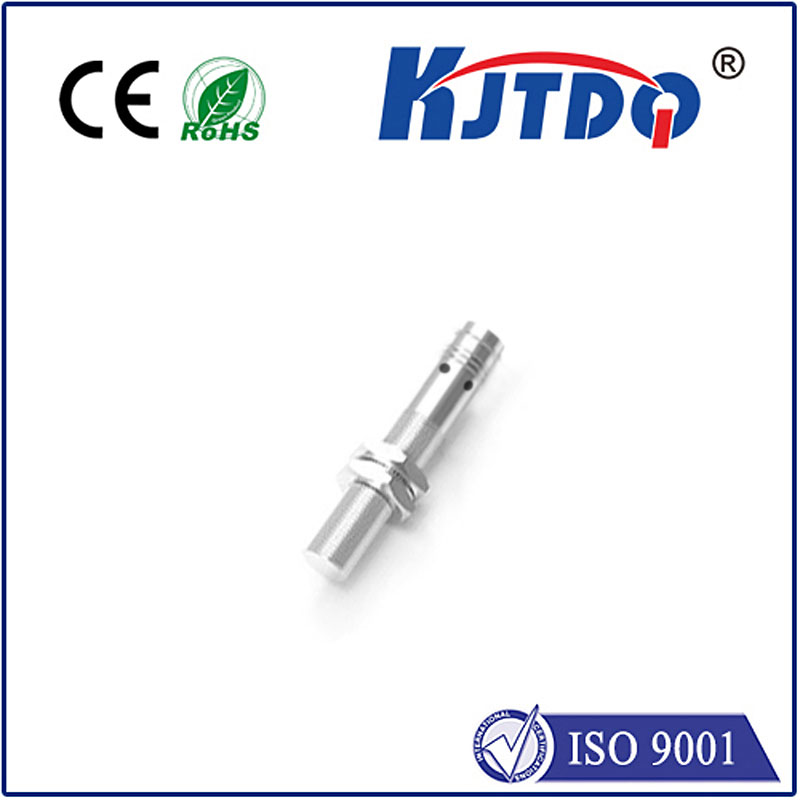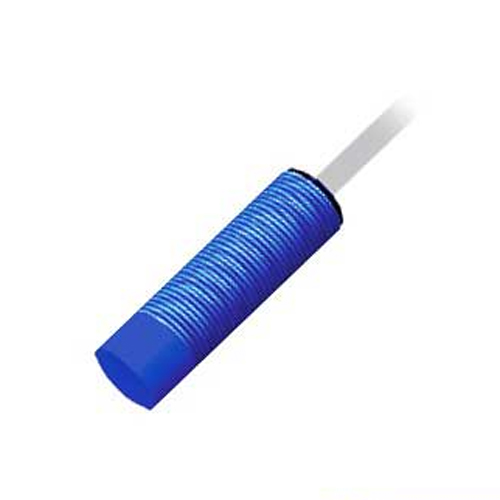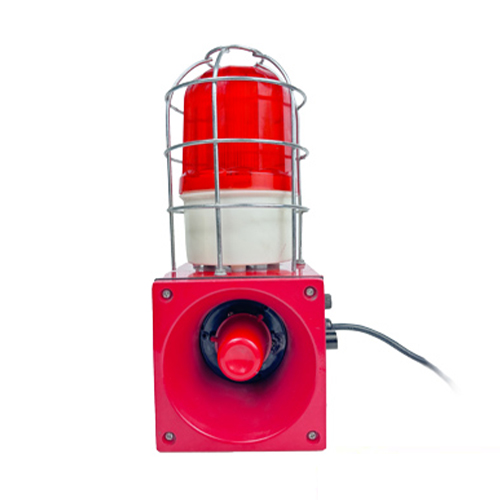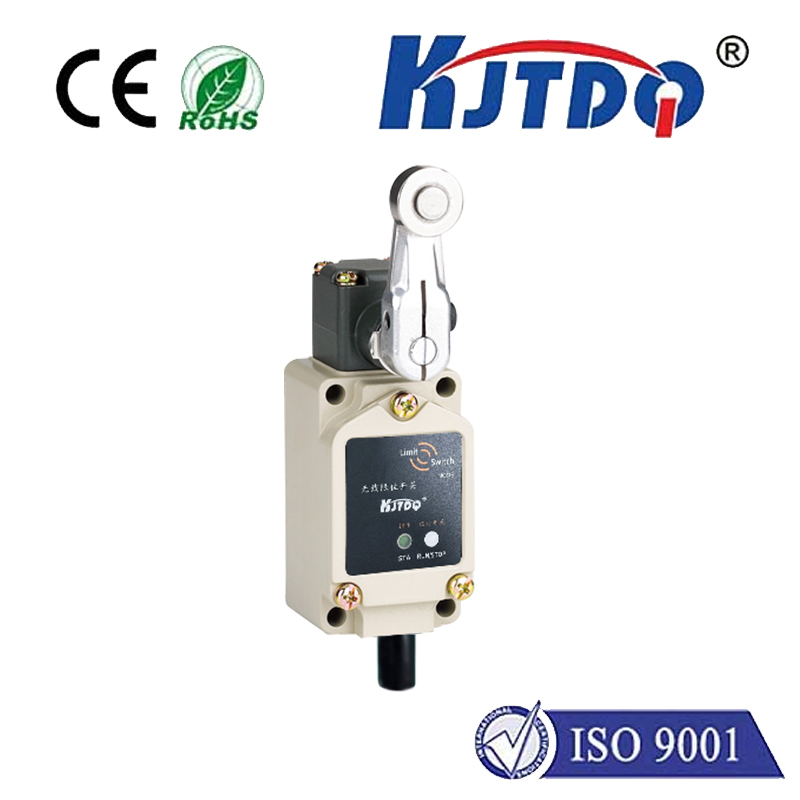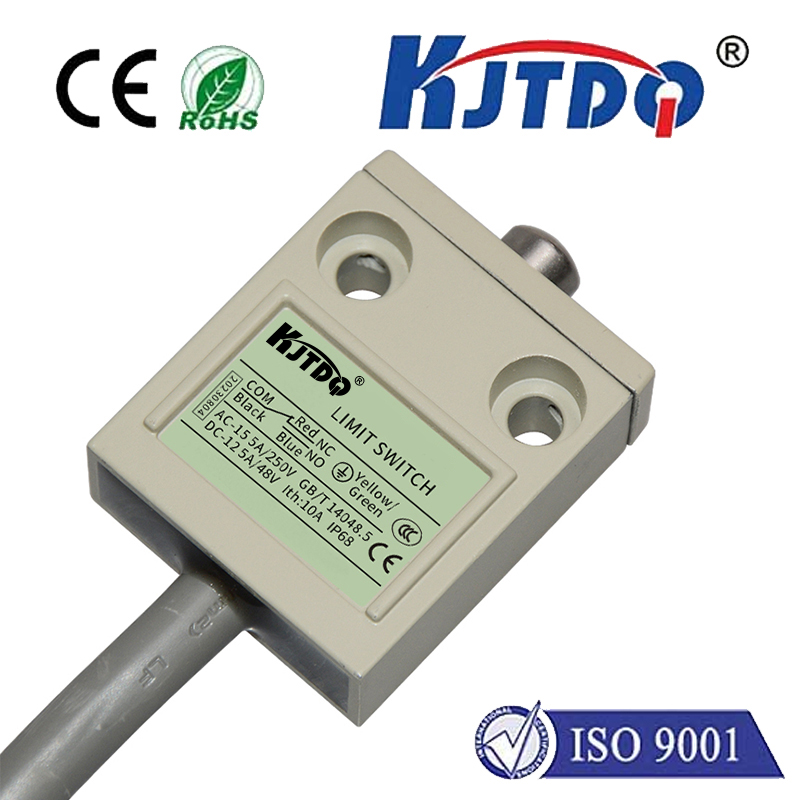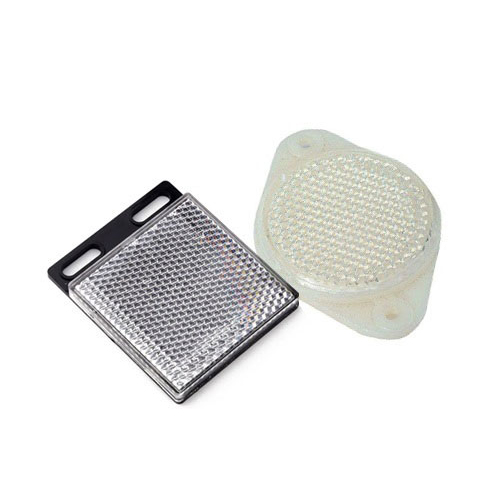jigo proximity sensor
- time:2025-07-12 02:06:45
- Click:0
Jigo Proximity Sensors: The Unseen Guardians of Modern Automation
Imagine a factory assembly line humming with precision – robotic arms welding components, conveyor belts seamlessly transporting parts, packaging machines operating at blinding speed. Now, imagine the chaos if these machines couldn’t sense the presence of objects or their positions relative to each other. This is the critical, often invisible, role filled by proximity sensors. Among the trusted names in this essential field, Jigo Proximity Sensors stand out for delivering reliable, non-contact detection that keeps automated processes running smoothly, efficiently, and safely.
Understanding the Core: What is a Proximity Sensor?
At its heart, a proximity sensor is an electronic device designed to detect the presence or absence of an object within its sensing range without requiring physical contact. Unlike mechanical switches that need to be pressed, proximity sensors operate using electromagnetic fields, light, or sound waves. Their key advantage lies in this non-contact operation, leading to:
- Minimal Wear and Tear: No physical impact means significantly longer lifespans.
- High Reliability: Consistent performance unaffected by surface conditions like dust, oil, or moisture (depending on type and rating).
- Extreme Speed: Capable of detecting objects at incredibly high frequencies, perfect for fast-moving production lines.
- Versatility: Suitable for detecting a wide range of targets, from metals and plastics to liquids and even human presence.
Delving Deeper: How Do Jigo Proximity Sensors Work?
The term “proximity sensor” encompasses various technologies. Jigo typically offers sensors based on the most common and robust principle: inductive sensing.

- The Core Principle (Inductive): An inductive proximity sensor generates a high-frequency oscillating electromagnetic field from its active face.
- Detection: When a metallic object enters this field, it induces eddy currents within the target.
- Signal Change: These eddy currents draw energy from the sensor’s field, dampening the oscillation amplitude.
- Output Trigger: The sensor’s internal circuitry detects this amplitude change and triggers a solid-state output signal (e.g., switching a relay or sending a signal to a PLC - Programmable Logic Controller).
Key Advantages of Jigo Inductive Sensors:
- Robustness: Highly resistant to environmental factors like dust, dirt, splashing water, and vibrations.
- Target Specificity: Primarily detect metallic objects, making them ideal for metal detection tasks without false triggers from non-metals.
- Long Sensing Ranges: Available in various ranges to suit different application needs.
- Compact Design: Often feature rugged, space-saving housings ideal for cramped machinery.
While inductive is prevalent, Jigo may also offer other types like capacitive proximity sensors (detecting both metallic and non-metallic objects, liquids, powders) or photoelectric sensors (using light beams), depending on specific product lines.
Why Choose Jigo? Key Features and Benefits
Selecting the right sensor brand is crucial for operational uptime and cost-effectiveness. Jigo Proximity Sensors are engineered to deliver several compelling advantages:
- Exceptional Durability & Build Quality: Constructed with robust materials (often stainless steel or nickel-plated brass) and designed to withstand harsh industrial environments, including exposure to cutting fluids, coolants, and significant mechanical stress. This translates directly to reduced maintenance costs and downtime.
- High Environmental Resistance: Many Jigo sensors boast impressive IP67 or IP68 ratings, meaning they are protected against dust ingress and prolonged immersion in water. This makes them suitable for washdown areas, outdoor use, and dirty workshops.
- Reliable Performance & Accuracy: Engineered for consistent detection even in challenging conditions, ensuring automated processes run smoothly without missed counts or erroneous triggers. Their repeat accuracy is vital for precise positioning tasks.
- Broad Voltage Range Compatibility: Often designed to operate within a wide range of DC/AC voltages (e.g., 10-30V DC, 20-250V AC), simplifying integration into diverse control systems.
- Variety of Form Factors: Available in tubular (threaded barrel), rectangular, and block styles with various mounting options (brackets, flush/non-flush mountable) to fit virtually any application space constraint.
- Output Flexibility: Featuring different output types (NPN, PNP, NO/NC - Normally Open/Normally Closed) and configurations (2-wire, 3-wire, 4-wire) to seamlessly connect with PLCs, relays, and other industrial control devices.
Jigo Proximity Sensors in Action: Real-World Applications
The versatility and reliability of Jigo proximity sensors make them indispensable across countless industries. Here are just a few examples:
- Manufacturing & Assembly: Detecting part presence/absence on conveyors, confirming correct positioning before welding or machining, counting products, monitoring robotic arm end positions, ensuring safety guards are closed.
- Packaging & Material Handling: Verifying case or bottle presence for filling, triggering label applicators, detecting stack heights, controlling diverters on sorting lines, ensuring pallets are correctly positioned.
- Automotive Industry: Monitoring component positioning on engine assembly lines, detecting metal parts for painting robots, confirming door or hood closure, sensing fluid levels, controlling robotic welders.
- Food & Beverage Processing: Detecting metal cans or foil lids on filling lines (safety and quality control), sensing fill levels in tanks (using capacitive types for non-metals), confirming cap placement, monitoring conveyor jams.
- Machine Tooling: Tool breakage detection, confirming tool change position, monitoring workpiece clamping, controlling coolant flow, guarding hazardous areas for operator safety.
- Building Automation: Detecting door positions (open/closed) for access control or HVAC, sensing elevator car levels, monitoring window security.
Selecting the Right Jigo Proximity Sensor: Key Considerations
Integrating a sensor effectively requires matching its specifications to the application needs. When choosing a Jigo proximity sensor, consider:
- Target Material: Is it metallic (inductive likely best)? Non-metallic, liquid, or powder (may require capacitive)? Reflective or non-reflective (for photoelectric)?
- Required Sensing Distance: How far away does the sensor need to detect the target? Choose a sensor with a nominal range slightly larger than your maximum required distance.
- Operating Environment: Temperature extremes? Presence of dust, moisture, oils, chemicals? Requires high IP rating? Significant vibrations?
- Output Type: Does your control system require NPN (sinking) or PNP (sourcing)? Normally Open (NO) or Normally Closed (NC) operation?
- Electrical Characteristics: What is the available supply voltage? What load current needs to be switched?
- Physical Size and Mounting: What space constraints exist? Flush mounting possible (reduced range) or non-flush required? Need specific mounting brackets?
- Response Frequency: How fast do targets approach? Ensure the sensor’s response speed (Hz) exceeds the required detection frequency.
The Unseen Engine of Reliability
From the intricate ballet of robotic assembly to the relentless pace of high-volume packaging, Jigo Proximity Sensors operate silently and unseen. Yet, their contribution is monumental. By providing precise, reliable, and durable non-contact detection, they form the bedrock of modern automation and control systems. Their ability to withstand demanding conditions while ensuring accuracy translates directly into enhanced productivity, reduced waste, improved safety, and ultimately, lower operational costs












